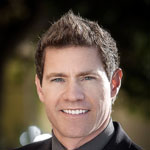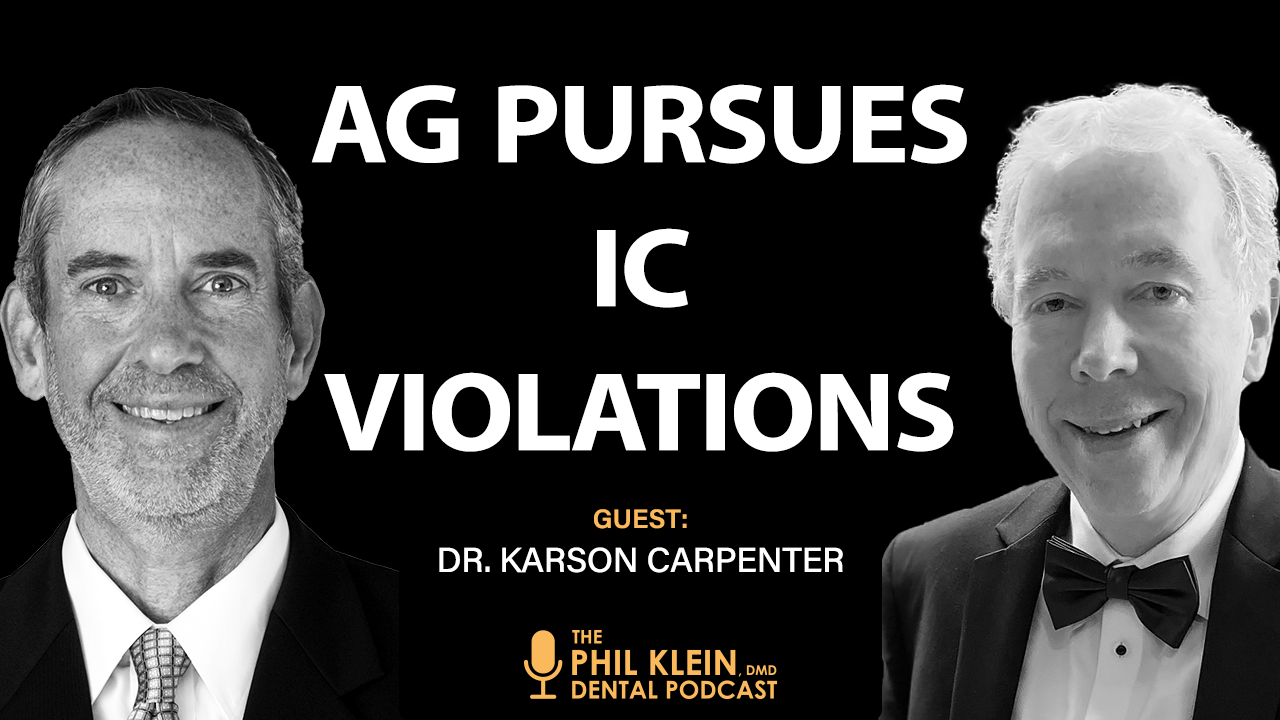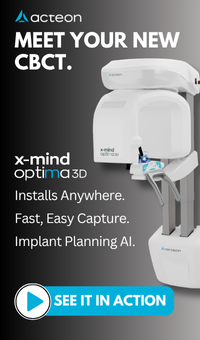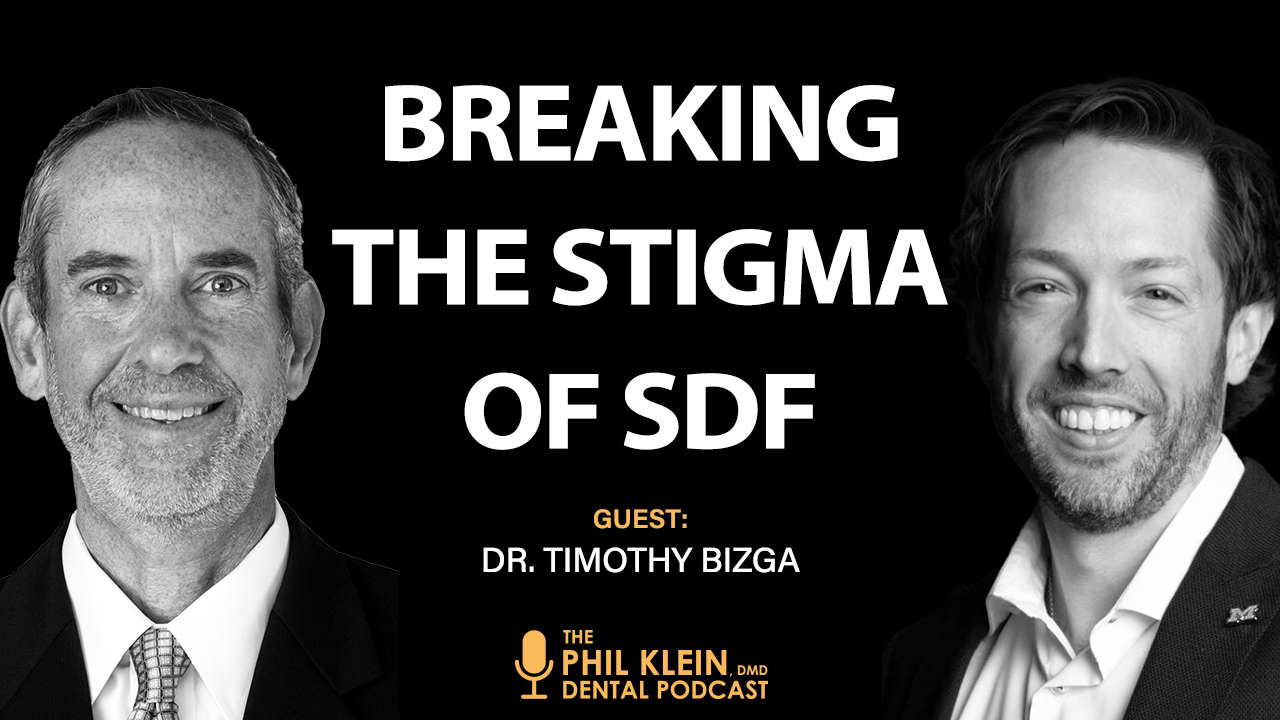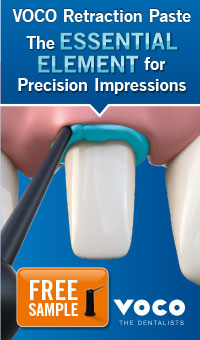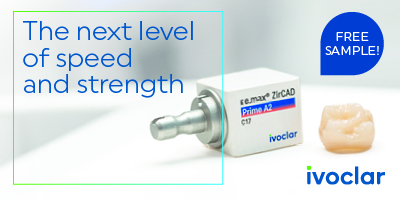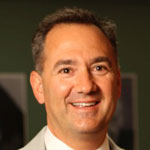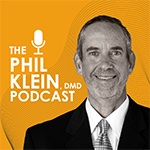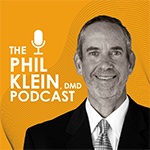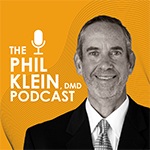
Share this webinar
|
Clusters of pediatric cases of odontogenic infections swirl in the news; last year 20 children in Georgia, and most recently, at least 10 children in California required medical intervention following pulpotomy treatments. The source of these illnesses was reportedly contaminated dental unit waterlines.
This CE webinar will discuss the opportunistic source pathogens in the public water supply which, if not treated properly, results in development of a complex hazardous biofilm. Challenges of basic equipment design and tubing contribute to the development of biofilm in dental unit waterlines.
Are you confident your practice is compliant with the guidelines and recommendations from the CDC and EPA for safe clean treatment water? What are the best options to mitigate the risk from exposure to contaminated water and aerosols for patients and staff in your practice?
Discussion will include the ease of use and efficacy of various DUWL treatment modalities. Providing clean, safe dental water is critical to implementing and maintaining an effective and ethical infection control protocol.
Course Objectives
Upon completion of this CE activity, the participants will be able to
• Describe the causes of biofilm contamination of DUWLs
• List the microorganisms found in DUWL output water and how they relate to potential transmission
• Review the significant clinical studies related to DUWL
• Discuss various treatment s to achieve dental unit waterline quality that will meet CDC/EPA recommendations.
(
disclaimer, bio and commercial disclosure
)
|





